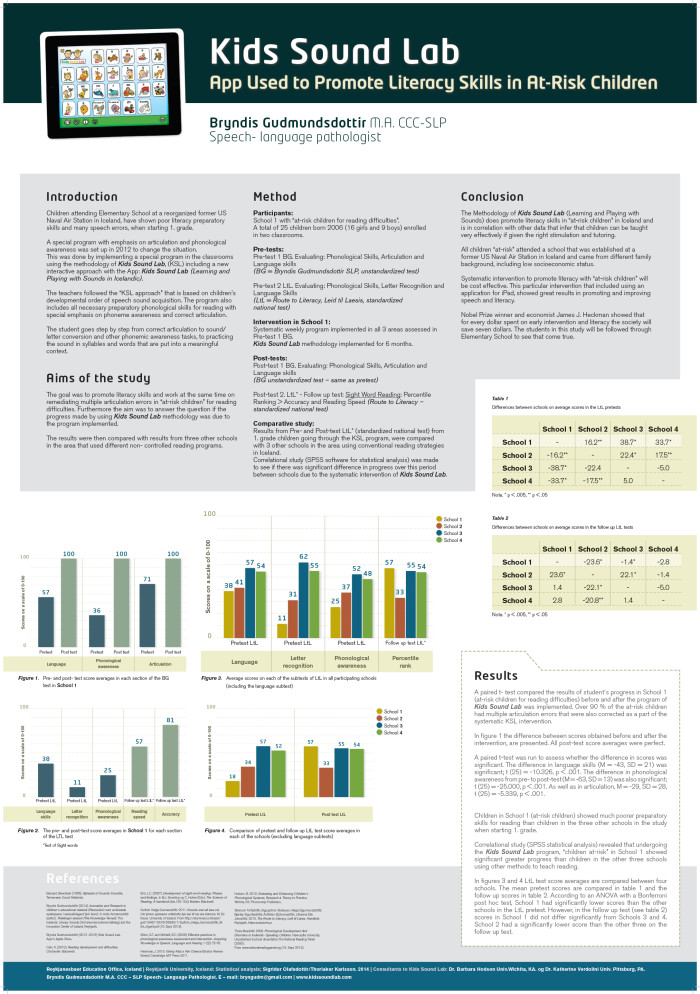Click here to download the full PDF file
App used to promote literacy skills in At-Risk Children
Patient Home Usage of Speech Therapy Software Industry View | 2014
Software Advice, a leading software review and research company, created a survey to get a sampling of information from speech therapy patients about how they are using available technology in their therapy practice at home. Based on how the respondents answered, some important insights reveal how technology can be used effectively, when integrated into an existing speech therapy plan.
Respondents were asked to complete a six-question survey online. Approximately 2200 responses were gathered from people in the United States, who had attended therapy within the last two years. The respondents included adult speech therapy patients and parents of child patients.
Below are some of the key findings that Software Advice included in their final report:
Speech therapy software, which patients use to practice between sessions, can help power improvements in language. These digital tools are becoming more commonly accepted as legitimate forms of home practice, but some therapists are advising patients to consult with them first to maximize the potential benefits of this technology. To learn more, Software Advice ran a survey to find out how patients are using speech therapy software.
This report will help speech therapy software vendors better understand how patients engage with their products. Speech therapy practices, meanwhile, can use our findings to help guide their approach to implementing these solutions in a way that impacts patient progress, fosters a sense of improvement and encourages home practice.
Key Findings:
- Nearly three-quarters (74 percent) of speech therapy patients are using, or have used, speech therapy software to practice at home.
- Of those patients that use speech therapy software for home practice, the overwhelming majority (89 percent) have noticed improvements.
- When evaluating speech therapy software, the top criterion used is whether the technology is therapist-recommended (chosen 35 percent of the time).


